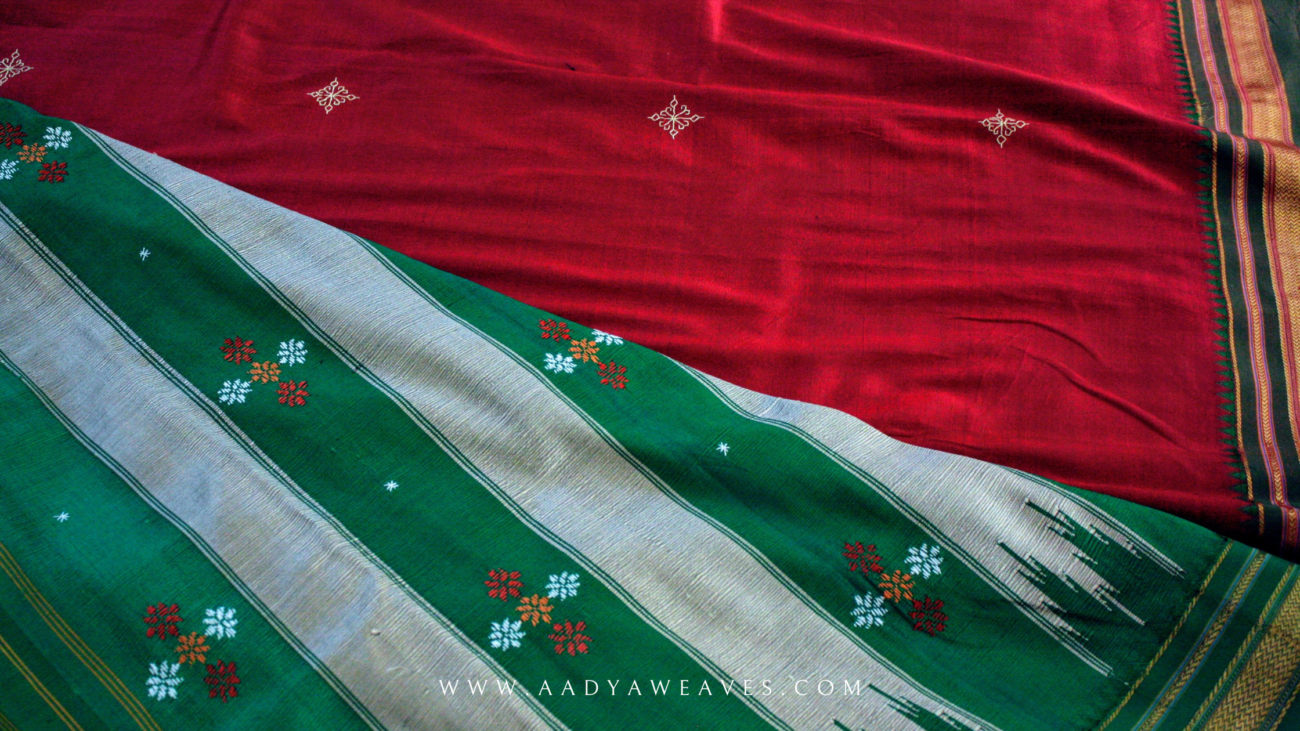
Saree, a six or nine-yard wonder, has been an integral part of the Indian cultural tapestry for centuries. This traditional attire has not only withstood the test of time but has also evolved, embracing contemporary fashion trends. The sheer diversity and richness of sarees make them a symbol of grace, femininity, and cultural identity.
Historical Threads:
The history of sarees dates back to ancient times, and its journey is woven with cultural significance. Originating from the Indian subcontinent, the saree has witnessed the rise and fall of empires, yet it has endured as a symbol of Indian heritage. The evolution of sarees can be traced through different regions, each contributing to the unique variety of fabrics, weaves, and styles.
Weaves and Fabrics:
One of the remarkable aspects of sarees is the vast array of fabrics and weaving techniques employed in their creation. From the rich Banarasi silk to the delicate Chanderi cotton, each region boasts its own specialty. Kanjeevaram sarees from Tamil Nadu, Patola sarees from Gujarat, and Bandhani sarees from Rajasthan showcase the incredible diversity of Indian craftsmanship.
Traditional vs. Modern:
While sarees have deep roots in tradition, they have successfully adapted to modern fashion. Contemporary designers have reimagined sarees, experimenting with unconventional fabrics, bold colors, and innovative draping styles. The fusion of traditional and modern elements has given rise to a new wave of saree fashion, making it a versatile choice for various occasions.
Regional Styles:
India’s diverse cultural landscape is reflected in the regional styles of sarees. Whether it’s the vibrant colors of Bandhani, the intricate zari work of Banarasi sarees, or the simplicity of Kerala sarees, each style narrates a story of its own. Regional variations not only add to the charm but also provide a plethora of options for women to express their individuality through their choice of saree.
Sarees Beyond Borders:
The allure of sarees has transcended geographical boundaries, capturing the fascination of fashion enthusiasts worldwide. International designers have incorporated saree elements into their collections, introducing a global audience to the timeless charm of this traditional garment. Sarees have graced red carpets, fashion runways, and celebrity events, gaining recognition as a symbol of sophistication and style.
Reviving Handloom and Artisanal Crafts:
In recent years, there has been a growing appreciation for handloom sarees and the artisans who create them. The demand for authentic, handcrafted sarees has led to a revival of traditional weaving practices. This not only supports the livelihoods of skilled artisans but also promotes sustainable and ethical fashion.
Conclusion:
The saree, with its cultural significance and adaptability, remains an enduring symbol of Indian femininity and grace. From the traditional handwoven masterpieces to contemporary designer creations, sarees continue to capture the imagination of women across generations. As we navigate the intersection of tradition and modernity, the saree stands as a testament to the timeless beauty that evolves while remaining firmly rooted in its cultural heritage.



Leave a comment